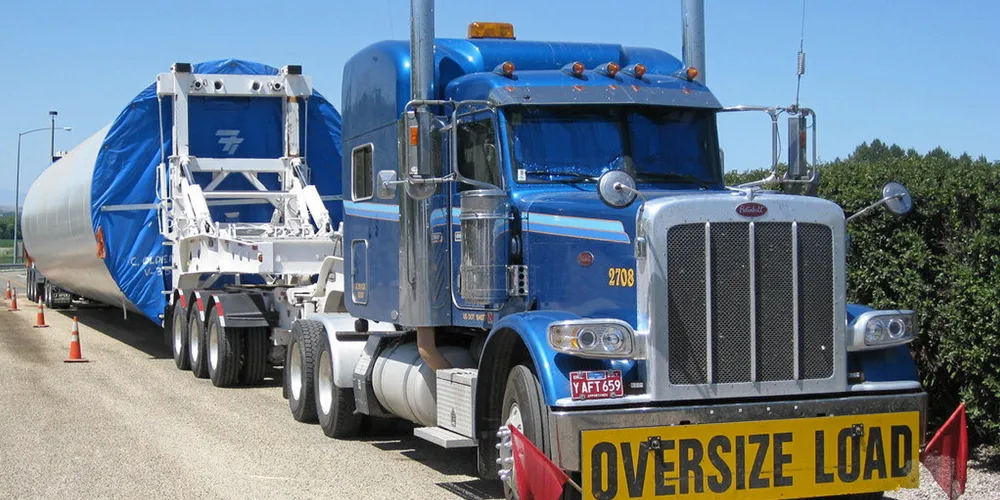US faces $1trn price tag and big challenges as Biden pushes to electrify trucks: report
Consultancy Roland Berger highlights need for better cooperation and planning across industries and governments

The US will need to invest almost $1trn to electrify medium- and heavy-duty vehicles including $370bn by utilities for distribution grid upgrades ahead of demand, according to a study by consultancy Roland Berger.
Fleet and charge point operators can expect to invest $620bn into charging infrastructure, which includes chargers, site infrastructure, and utility service costs.
“It’s clear that an industry with a yearly turnover of about $800bn and a profit margin around 5% cannot invest $620bn without financial support or a significant increase in freight rates,” said Wilfried Aulbur, senior partner at Roland Berger.
The study provides insight into challenges and costs to electrify a relatively small segment of highway transportation, but one critical for the $26trn economy. Trucks move roughly 72.6% of the nation's freight by weight, according to American Trucking Associations, a member of the coalition.
President Joe Biden is pushing hard for both the automotive and trucking sectors to transition from fossil fuels, with transportation the number one source of US greenhouse gas emissions. He has been less clear about the overall cost and who will pay it.
Aulbur argued that electrification highlights need for better cooperation and planning across industries and governments, and an “openness” to alternative technology paths to decarbonise the medium- and heavy-duty vehicle segments.
The Biden administration’s Paris pledge is to cut overall US emissions 50-52% by 2030 from 2005 levels. Industry and power are the second and third largest sources.
Electric vehicles and electrification of highway transport are emerging as a focal point of this year’s presidential election campaign in the run-up to 5 November voting.
Donald Trump has been harshly critical of EVs, attacking their high price tag and reliability, and Biden’s mandates and policies to promote them, which he pledges to overturn if elected.
The report details challenges and constraints for grid operators and utilities as they plan for significant generation and capacity growth from transportation electrification.
If electrified, medium- and heavy-duty vehicles alone would require the nation’s seven main grids to amp annual generation between 5% and 14% from 2022 levels. That may not seem too much but the California and Texas grids, the most constrained, would both need to generate an additional 31TWh.
That could pose a hurdle as Biden wants utilities to generate power for electrified transportation from solar, wind, and other renewable and clean energy sources such as nuclear. Both states have self-contained grids, but they rely heavily on natural gas, even though they lead all others in renewables generation.
The report highlights that the seven big power system operators are already planning for significant generation and capacity growth, which exceeds projected demand from medium- and heavy-duty vehicles charging by a factor of about ten times.
Utilities will need to build infrastructure ahead of demand to avoid bottlenecks and delays. “These investments, however, require more sophisticated grid planning as well as regulatory support – both limited to date,” noted the report.
“The overall pace of utility investment will still be constrained by the need to control rate increases and maintain affordability,” it added.
The report suggests that utility investments could be significantly reduced if fleets were able to shift or manage peak charging load, although this would require “significant incentives and/or price signals” to exist to support fleet economics.
Nevertheless, it adds that the sector will need sufficient government and regulatory support to transition from fossil fuels, or freight rates will increase, “costs that would have ultimately be passed down to American consumers.”
(Copyright)